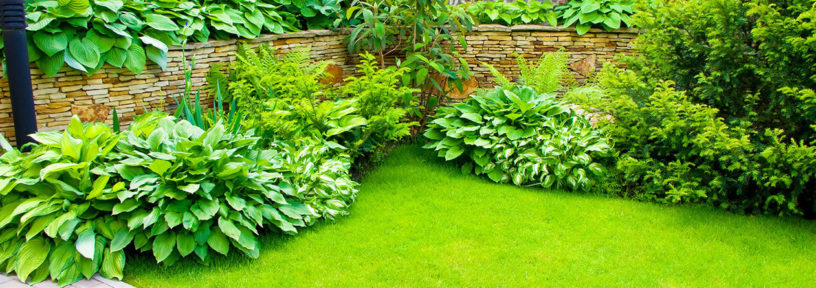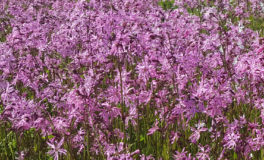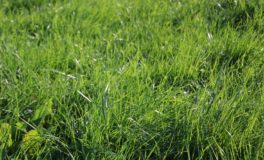What is Dwarf Perennial Ryegrass?
Dwarf perennial ryegrass is a species that was specifically bred to grow and improve the health of lawns. It can be instantly recognised from standard ryegrass for the much thicker sward that it produces.
The first turf-suitable dwarf perennial ryegrasses were released in the USA in the early 1960s. They quickly became the most widely adopted turf grass in much of the country. Perennial ryegrass had previously been used for animal forage for the past 300 years, and though it was first launched as a turf grass in 1961, it took a lot of improvement from agronomists before it became the turf grass we know today.
This type of ryegrass started out as animal forage. When it was first tested for use in turf grass, it had a very poor mowing quality, grew very thin and patchy turf and had poor tolerance to heat and cold – some of the least desired attributes for any turf grass blend. Fast-forward to today, and decades of development has resulted in the finest hard-wearing turf grass for gardens out there.
Why Dwarf Perennial Rye Grass is Great for Lawns
Including rye in your garden provides it with excellent durability. Here at TurfOnline, we include it in our Jubilee Turf, and it has become our best-selling lawn turf for its incredible long-lasting quality.
Dwarf perennial ryegrass is best suited to mild temperate climates, which the UK mostly is. With the improvements and developments it has received over time, ryegrass has become far more dominant than it once was, particularly as rye enjoys rapid germination and is quick to establish even in cold conditions.
Dwarf perennial ryegrass is a “bunch” grass with a limited ability to spread. This variety tolerates close mowing, meaning it can be used for a wider range of grass surface requirements. It has also retained some of the attributes which made it such a great pasture and forage turf decades ago: versatility, excellent wear resistance and dense and compact growth.
This ryegrass variant could be just the species to shake up your garden for the better. It has a much finer leaf, denser sward and easier cut than its pasture counterpart. Very dark in colour, dwarf perennial ryegrass makes for an attractive addition to any turf mix.

 Grass you don’t need to cut
Grass you don’t need to cut  A guide to identifying lawn grass species
A guide to identifying lawn grass species  The Origins of Smooth Stalked Meadow Grass
The Origins of Smooth Stalked Meadow Grass 

